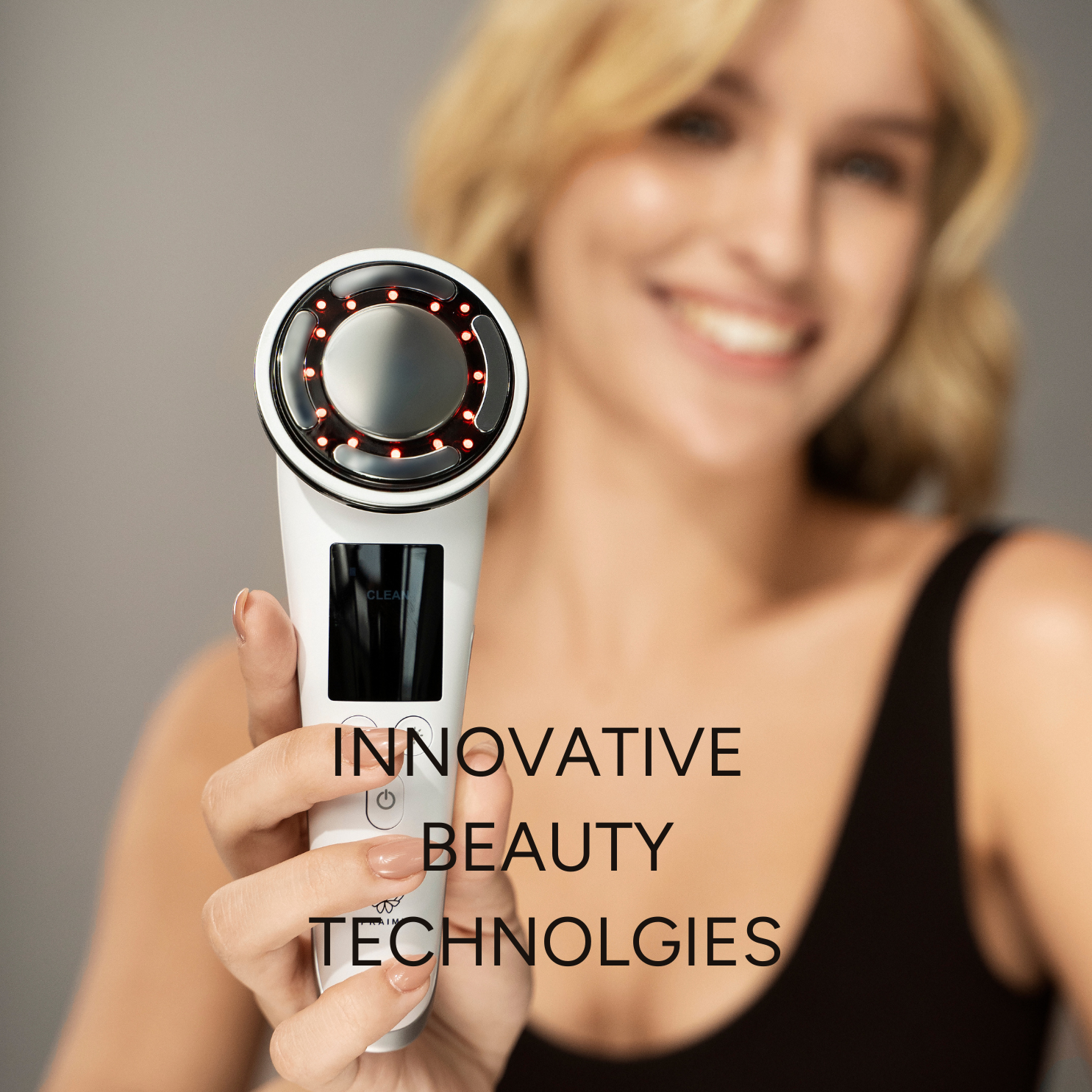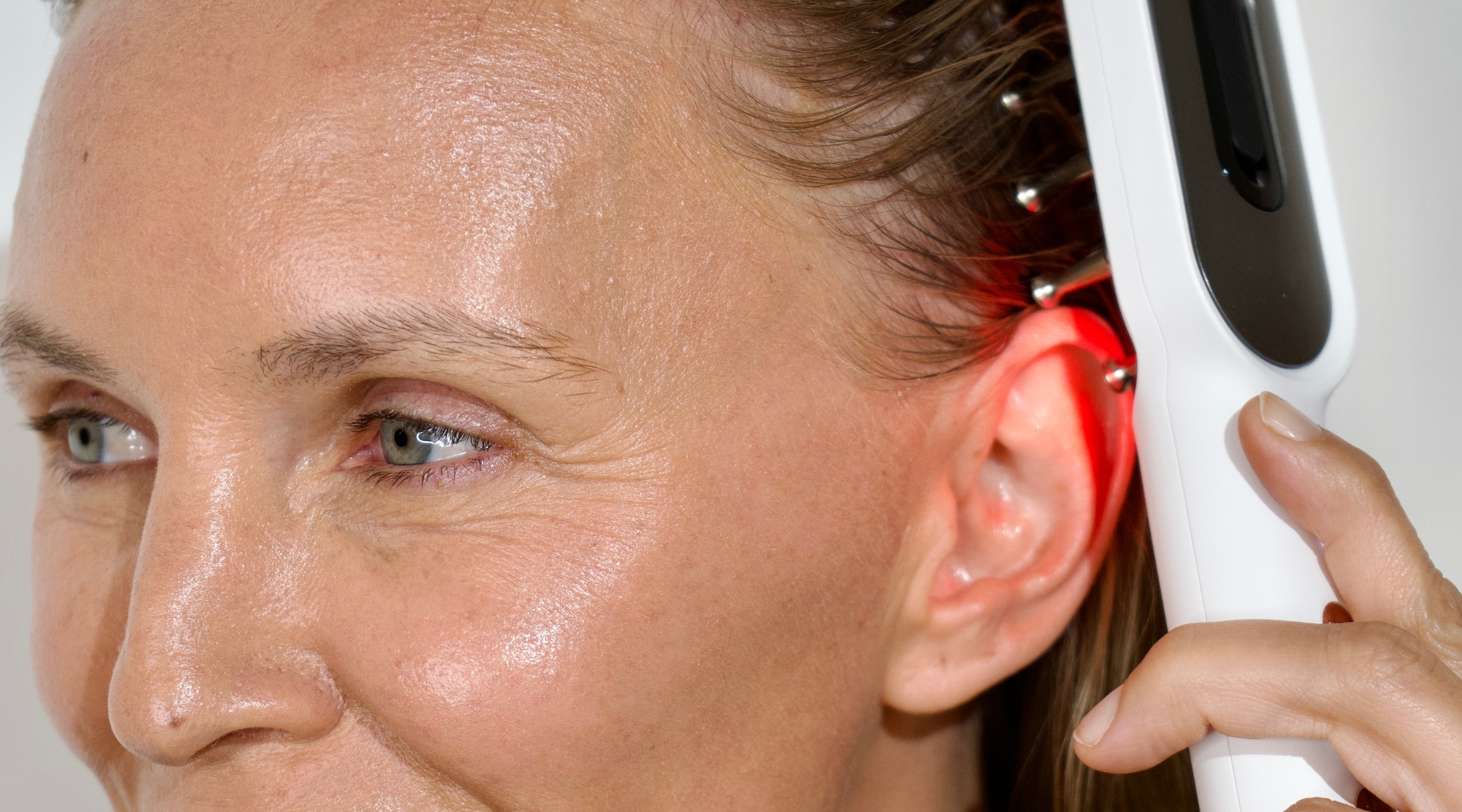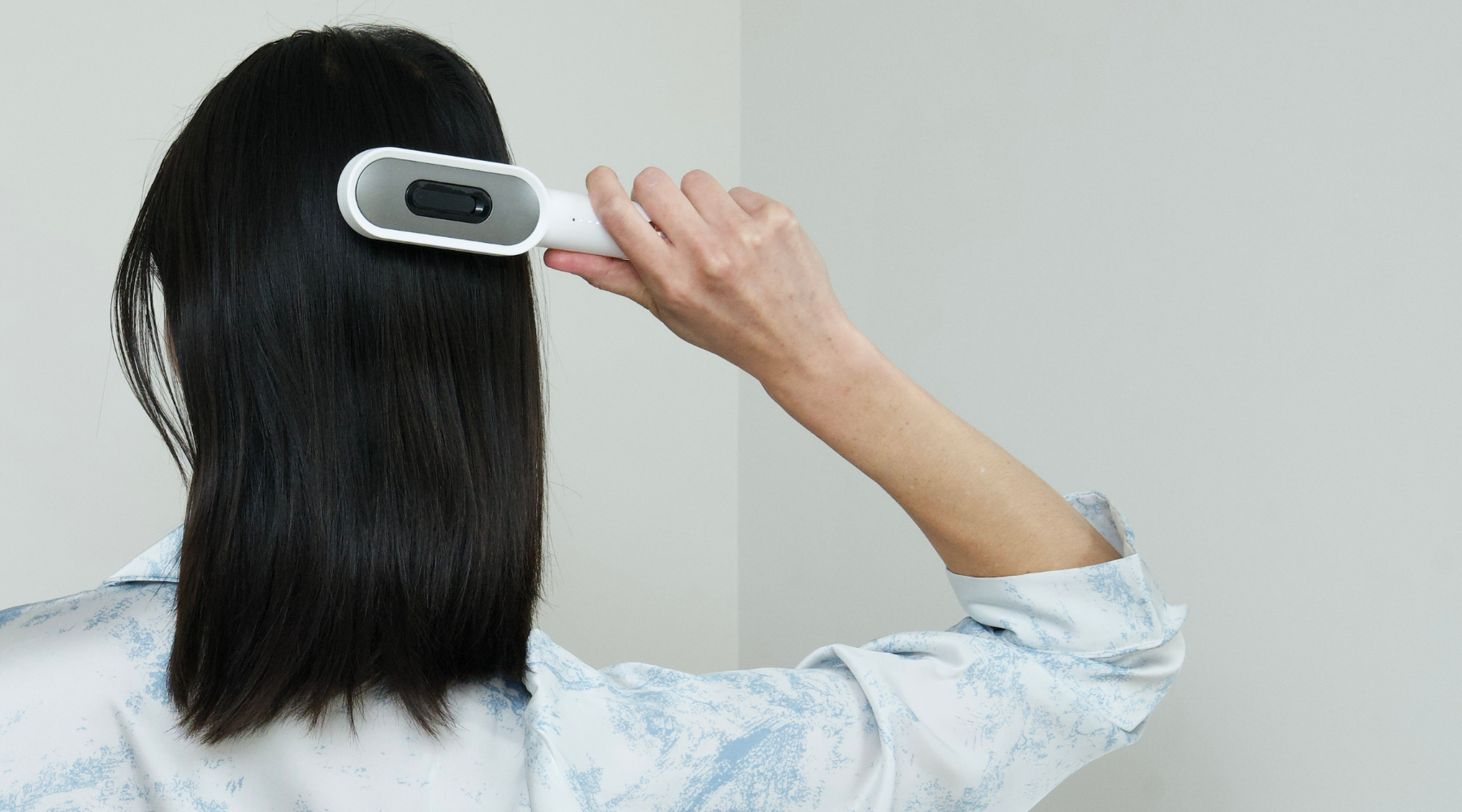Recent clinical studies have revealed a breakthrough in hair regrowth treatment: combining minoxidil with advanced technologies like LED (Light Emitting Diode) therapy and RF (Radio Frequency) can significantly improve results. This research-based guide explores how these technologies work together to enhance your hair restoration journey.
The Power of Combined Therapy: What Research Shows
Clinical studies published in the Journal of Dermatological Science demonstrate that while minoxidil alone shows a 30-40% success rate, combining it with LED and RF technologies can increase effectiveness to 70-85%. Here's what the research reveals about each technology:
LED Light Therapy Effects
| Wavelength | Primary Benefit | Enhancement Rate |
|---|---|---|
| 630-670nm | Blood Flow Increase | 150-200% |
| 830-850nm | Cellular Energy Boost | 200-300% |
| Combined | Overall Growth Stimulation | 250-350% |
RF Technology Impact
| Frequency | Target Effect | Enhancement Rate |
|---|---|---|
| 1-1.5 MHz | Nutrient Delivery | 180-220% |
| 2-2.5 MHz | Absorption Enhancement | 200-250% |
| 3-3.5 MHz | Cellular Activation | 150-200% |
How Each Technology Enhances Minoxidil
LED Red Light Therapy: A Deeper Look at the Benefits
Red light therapy's interaction with scalp tissue creates multiple pathways for enhanced minoxidil effectiveness:
Enhanced Blood Circulation
Clinical studies show that red light wavelengths between 630-670nm penetrate the scalp tissue to dilate small blood vessels, increasing local circulation by up to 150%. This enhanced blood flow doesn't just deliver more nutrients - it creates an optimal environment for minoxidil absorption and maintains higher concentrations of the active compound where it's needed most.
Superior Nutrient Delivery
The increased blood flow acts like a supercharged delivery system for your scalp. Important nutrients including oxygen, proteins, and growth factors reach hair follicles more efficiently. Research indicates this enhanced delivery system can maintain up to 3x higher nutrient levels in the follicular region compared to normal circulation.
Cellular Energy Production
Perhaps most fascinating is LED therapy's effect on cellular metabolism. When red light penetrates to the mitochondria (the cell's power plants), it stimulates ATP production - the energy currency of cells. Studies demonstrate up to a 200% increase in cellular energy production, giving follicles the resources they need for optimal growth.
Inflammation Reduction
Chronic scalp inflammation can significantly impair minoxidil effectiveness. LED therapy has been shown to reduce inflammatory markers by up to 70%, creating an environment where minoxidil can work without interference from inflammatory processes.
RF Technology: Advanced Enhancement Mechanisms
Scalp Environment Optimization
RF technology works at a deeper level than most treatments, generating controlled thermal energy that creates ideal conditions for minoxidil absorption. The gentle warming effect increases tissue permeability while maintaining precise temperature control between 39-42°C - the scientifically proven optimal range for enhancement.
Deep Penetration Enhancement
Unlike traditional absorption methods, RF waves create microscopic channels in the stratum corneum (the skin's outer layer). These temporary pathways allow minoxidil molecules to penetrate up to 3.5mm deeper than standard application methods. Clinical studies show this can increase local minoxidil concentration by up to 200%.
Collagen Stimulation
RF energy triggers a natural healing response in the scalp, stimulating fibroblasts to produce new collagen. This improved tissue structure creates a better foundation for hair growth while strengthening the dermal papilla - the powerhouse of hair follicles. Research indicates up to 300% increase in collagen production in treated areas.
Metabolic Acceleration
The controlled thermal effect of RF technology increases local cellular metabolism by up to 200%. This heightened metabolic state helps convert more minoxidil to its active form (minoxidil sulfate) and maintains higher levels of growth factors in the treated area.








